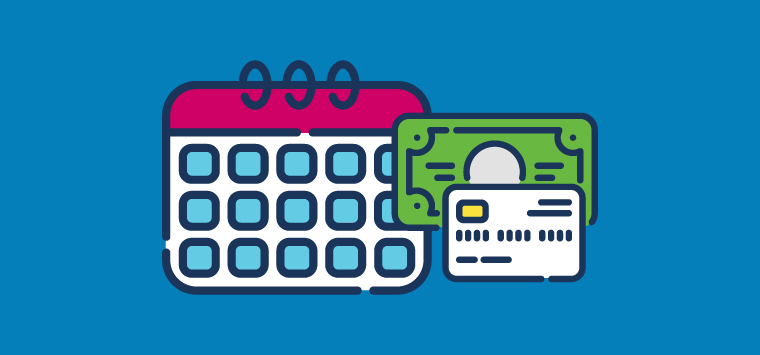Tying Billing and Payroll to a Schedule to Stay in Compliance
Security and cleaning employers are challenged with ensuring that workers are paid fairly, standards in contracts are met, billing is always accurate and schedules are followed. Even though meeting the demands of billing and payroll while monitoring on-site scheduling is the norm, regulations can make it challenging to accomplish those goals.
For example, governmental officials in the U.S. recently passed legislation heavily impacting the security and cleaning industries to ensure that workers are paid fairly. For business owners, following new overtime regulations while adhering to existing rules presents the additional obstacle of staying in compliance.
Companies that use software tools offering holistic systems to tie billing and payroll to schedules can overcome common industry concerns. Tying billing and payroll to a schedule can help companies create invoices with increased ease and efficiency, reduce unnecessary costs, provide increased visibility and remain in compliance with industry regulations.
Tying billing and payroll to a schedule
Contractors have the option of using integrated software to tie billing and payroll to a schedule, and Merchants Building Maintenance is an example of a company that does exactly that. This family-owned business with 5,000 employees is headquartered in California, where employers must adhere to strict labor laws.
A relevant labor law involves paying workers by the minute, instead of rounding meal period time punches. In February 2021, the California Supreme Court issued a ruling prohibiting employers from rounding employee time punches when workers clock in and out for meal periods. Companies like Merchants Building Maintenance use support from modern tech to stay on top of these and other labor laws.
“People are late, people don’t show up on time, but you still can’t bill that client for that overtime,” said Director of Business Development Lindsey Livacich at Merchants Building Maintenance. “The enhanced reconciliation with the pay-to-the-minute/bill-to-the-schedule has helped with the compliance side of making sure you’re not rounding or anything. Again, we’re in the state of California, so compliance is really important. So, that piece has been super helpful.”
With software, contractors can tie scheduling to billing and payroll. This offers the most accurate information on the specific amount of time that employees have worked. It also helps with making sure workers get paid correctly. In an industry where workers generally feel that every penny counts, adherence to every minute worked can help with employee morale.
Additionally, software solutions enable business owners to correctly bill their clients for the hours listed in each contract without losing business due to billing employees for overtime. While creating invoices, contractors can provide different levels of information regarding what a client may want to see in an invoice, based on the needs of each client.
Other advantages to integrating payroll, billing and scheduling
With an integrated solution, employee data can be used to ensure payroll and billing are always prepared and processed from timekeeping records and other scheduling data, such as overtime or time off. Added benefits to tying billing and payment to a schedule include:
Reduced processing time
Integrating billing and payroll with scheduling can reduce processing time for back-office staffers, as it automates processes and reduces manual entry. Additionally, processing invoices becomes easier. A company can use an integrated system to pull information from timekeeping tools. Then, their payroll department can use that information for processing wage payments.
Advanced job costing
An integrated solution stores different data in one place. Managers can then use that information to perform job costing to better understand whether or not a contract is profitable.
This is all possible without relying on external budgeting software, spreadsheets or other tools. Detailed reports are also available when billing and paying are tied to a schedule. That type of information can offer a more detailed understanding of profitability.
Increased visibility
Through integration, supervisors can also take advantage of real-time employee tracking to increase the visibility of a distributed workforce. Knowing where workers are at all times can help managers make sure that employees are productive while promoting safety.
Using an integrated solution to track a workforce offers data insights. Management can use those reports for a more informed decision-making process on various issues. Common examples include staffing levels, allocation of resources and the efficiency of an operation.
Using TEAM Software to tie billing and payroll to a schedule
TEAM Software specializes in integrating billing and payroll with scheduling. Our resources can help ensure that workers are paid correctly, and clients are billed accurately.
Integrated software designed for cleaning and security professionals can be a valuable resource. It offers a variety of tools for remaining in compliance with regulatory requirements. To learn more about integrating billing and payment efforts with scheduling, speak with one of our specialists.
